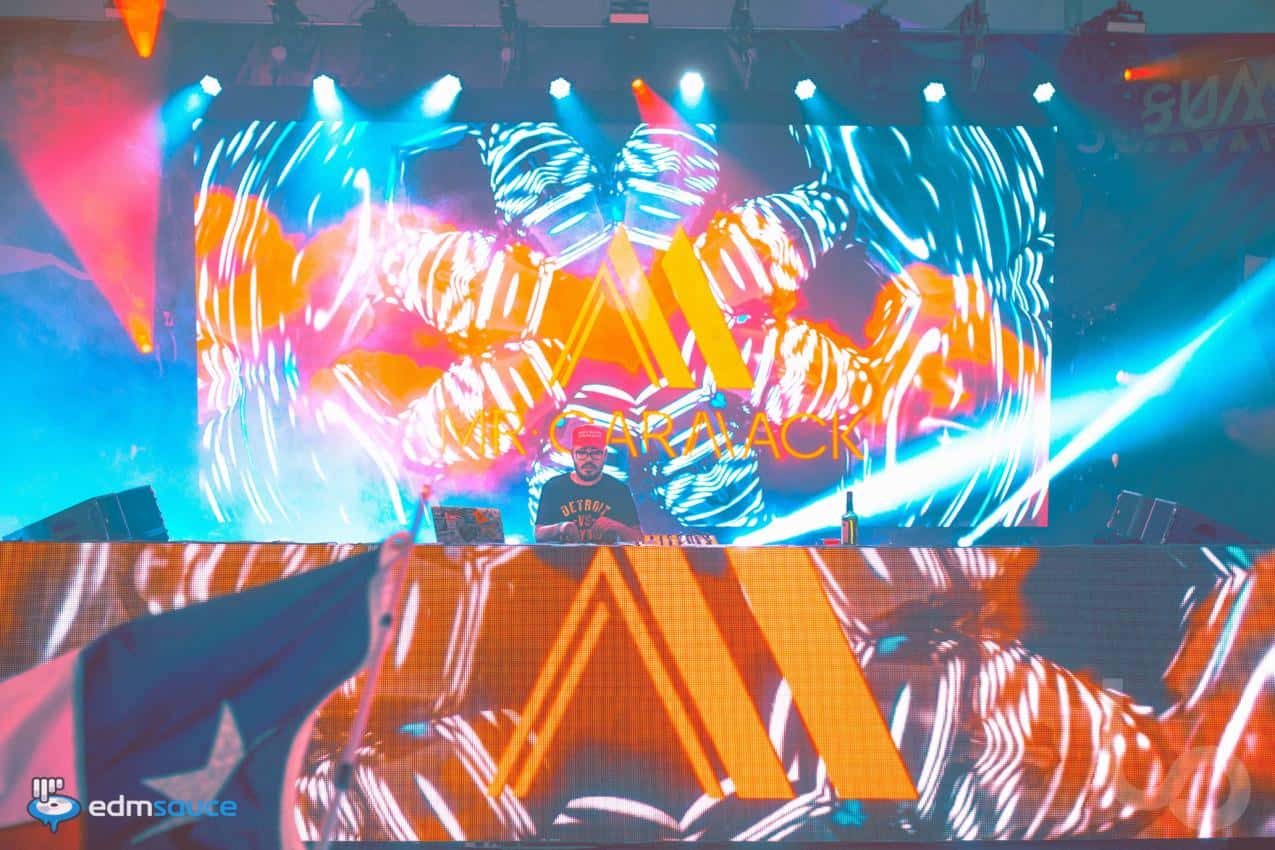Few animated films have as complicated and messy a production as the 1989 animated film Little Nemo: Adventures in Slumberland. An adaptation of Winsor McCay's 1900s comic serial, the Little Nemo film had several of the greatest fantasy storytellers from both Japan and the United States working on it, but most of them left for one reason or another.
Chris Columbus and Richard Outten are ultimately credited for the screenplay and Masami Hata and William Hurtz are credited as directors. Before the final film was produced, George Lucas, Chuck Jones, Hayao Miyazaki, Isao Takahata, Ray Bradbury and Brad Bird -- to name a few -- all worked on Little Nemo: Adventures in Slumberland over the course of its decade-spanning production. Why was this film's production so notoriously difficult?
Little Nemo's Origins
Little Nemo: Adventures in Slumberland was a passion project for Yutaka Fujioka, the founder of the animation studio TMS. After acquiring the rights to the property from Winsoy McCay's family in 1977, Fujioka approached George Lucas, who had just released Star Wars. Fujioka wanted Lucas to help produce the film, but Lucas had problems with it almost immediately. Lucas wanted more character development, whereas Fujioka saw it as a pure dream fantasy. Lucas ultimately passed on the project, as did Fujioka's next choice for a co-producer, Looney Tunes and Merry Melodies director Chuck Jones.
In 1982, Fujioka found Gary Kurtz to produce the project through the newly formed American production house TMS/Kinetographics. Kurtz had produced the first two Star Wars films and The Dark Crystal. While Kurtz would ultimately step down in 1984, he managed to convince iconic sci-fi writer Ray Bradbury and comics expert Edward Summer to write drafts of the film's screenplay.
Brad Bird and Jerry Rees worked as animators for the Bradbury script. Bird would later direct such classics as The Iron Giant and The Incredibles while Rees would go on to direct The Brave Little Toaster. It soon became apparent to everyone after Bird, Rees and Bradbury met to discuss the film that the animators were just drawing what Bradbury wrote, while Bradbury wrote to match the drawings. None of them had a singular creative vision for the project, and everyone left. By the time Kurtz left, Fujioka was left with very little material to work with.
Miyazaki and Takahata Come and Go
At this point in time, the two auteurs who'd go on to found the legendary Studio Ghibli were working for TMS. Hayao Miyazaki had completed work on TMS's Lupin III: The Castle of Cagliostro and had begun work on the series Sherlock Hound. Isao Takahata was also at TMS, directing the film Chie the Brat. Both were approached to develop the adaptation of Little Nemo.
Hayao Miyazaki didn't feel enthusiastic about the idea of the whole film being a dream. Takahata wanted to make a story focusing on Nemo's growth and coming-of-age -- the same thing George Lucas thought needed to be done. While they left the project early on, Miyazaki would later describe the experience as the worst experience of his professional career.
Disney animator Andy Gaskill and future Whisper of the Heart director Yoshifumi Kondo collaborated on a pilot film for Little Nemo. Ashita no Joe director Osamu Dezaki and Ken the Wolf Boy creator Sadao Tsukioka would later create their own separate pilots for the film. All three pilot films are available for viewing online.
How Did The Film Finally Get Made?
Between 1984 and 1988, several writers came and went throughout the production. The two most noteworthy figures were Mœbius and Chris Columbus. Mœbius -- known also by his name Jean Giraud -- was a French cartoonist whose design work has been used in films like Alien, The Fifth Element and the unfilmed Jodorowsky's Dune. Columbus, on the other hand, had just had success writing the original script for Gremlins and was working on his debut film Adventures in Babysitting. In addition, several Disney animators were hired to work on the project, and the Sherman Brothers, the songwriters for many Disney classics, were brought on to write the music for the film.
In 1988, TMS released Akira, which proved a big enough success for the studio to focus on Little Nemo. On the American side, TMS hired William T. Hurtz while on the Japanese end of production they hired Masami Hata. For Hurtz, Little Nemo cap off a long career in animation spanning all the way back to Pinocchio in 1940. Hata, meanwhile, was a former director for Sanrio, having worked on numerous Hello Kitty projects. He would go on to work on anime such as Initial D and Inuyasha.
After over a decade in production, Little Nemo: Adventures in Slumberland finally came out in Japan in 1989 and was released in American theaters three years later. The finished film received mixed reviews and bombed at the box office in both countries. It makes sense that audiences were baffled by this surreal film, considered it baffled many of the 20th century's greatest storytellers over the course of its long time in development hell.
About The Author

